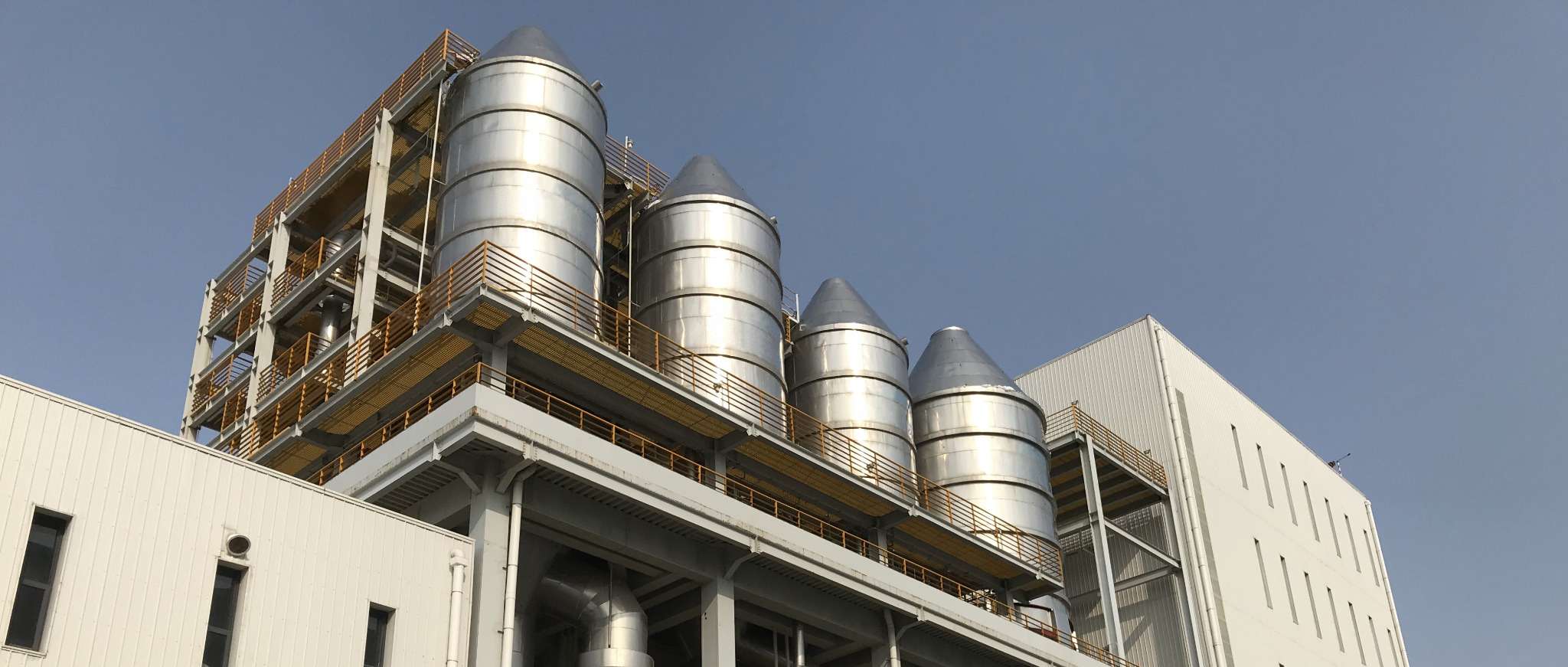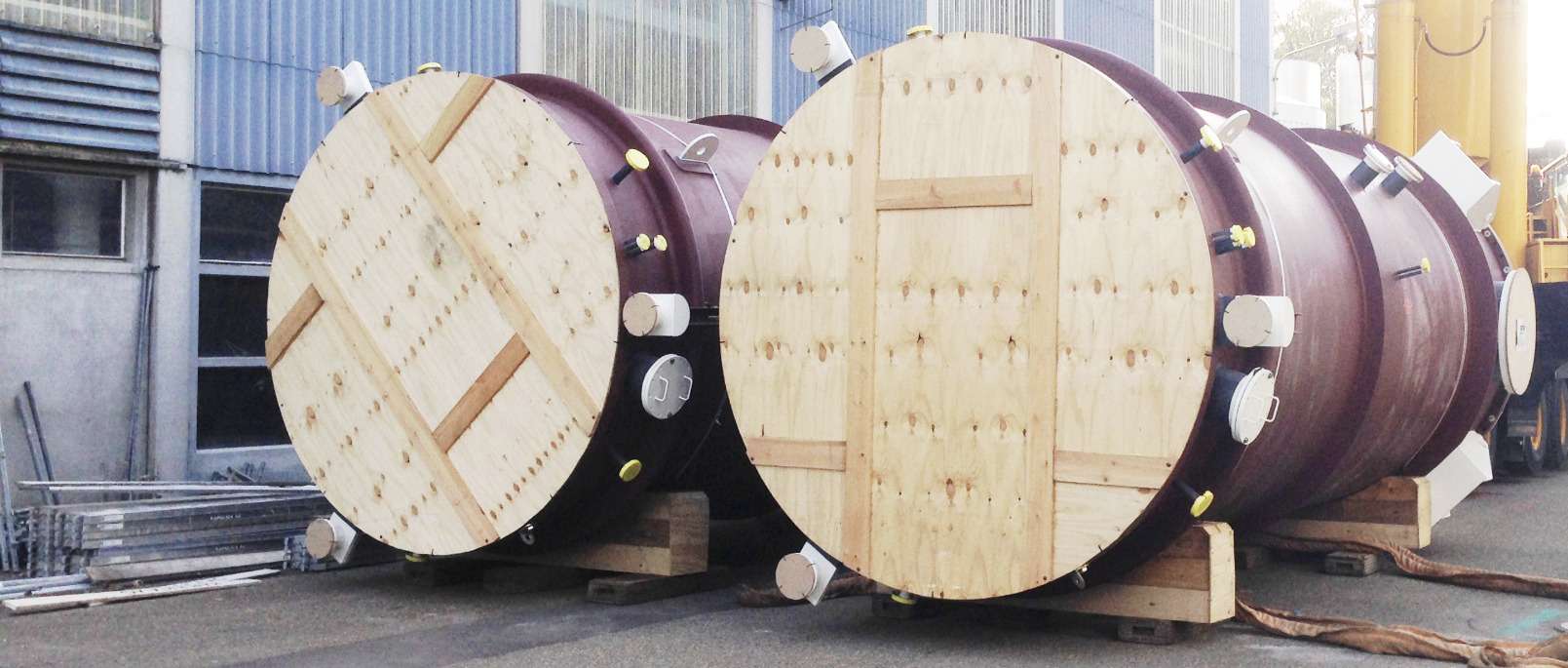Our Innovative Process Design
SEP has critical and varied know-how in evaporation, crystallisation, solids/liquid separation and drying. We optimize and tailor solutions to client needs focusing on energy efficiency, operational robustness and product quality.

We approach every project with fresh eyes
We recognize that each installation is unique in significant ways, and we approach each project with fresh ideas, combining creativity and the latest related industry information and project experience. The result is highly customized to the specific context and problem and embodies the nature of our work – innovative, thorough and pragmatic.
We consistently generate new ideas and solutions
Our work has great variety and often a broad range of unique challenges. Our process of diagnosis and analysis generates new ideas and solutions. Being small, we are nimble and free from the creative inhibitions that larger bureaucratic organizations often instill. Our clients work directly with the vital problem solvers and decision makers in the company and this is deeply fulfilling for both parties.


Equipment Design
SEP’s extensive experience in process equipment design combined with the innovative approach we take is the key to developing optimum solutions for our client’s needs. Our clients receive state-of-the-art evaporation and crystallisation technology as well as access to a wide range of evaporator and crystalliser types.

Our Tools
We use the latest in computer technologies, Autodesk Inventor, Autodesk AutoCAD P&ID, Autodesk AutoCAD Plant 3D, Autodesk Navisworks Manage and Microsoft Project Pro for Office 365 programs for the realization and visualization of our process and plant designs, further aiding in the clear communication of proposed options and solutions to our clients and resulting in a better end result.
Our Technologies
MEE

Multiple Effect Evaporation (MEE)
MEE is used when a large amount of water has to be evaporated and steam is inexpensive. The first effect is steam-heated, and vapour from the first evaporator heats the following (second) effect. The second effect vapour heats the third effect, and so on. By utilizing MEE, the specific energy consumption falls significantly.
The number of effects ranges from 2 to 10, and is typically limited by the temperature difference between the heating and cooling media on the one hand and the optimum between investment cost vs. energy savings on the other.
TVR

Thermal Vapour Recompression (TVR)
In TVR systems, part of the vapour generated in the evaporator is combined with high-pressure steam in the Thermal Compressor (“booster”). The resulting vapour stream is the evaporator heating medium. TVR can be combined with MEE, to increase the operation’s energy efficiency.
Theoretically, a TVR single effect unit has, approximately, the energy efficiency of a double effect evaporator, at significantly lower CAPEX. However, TVR contaminates the boiler steam it uses, and the steam condensate is usually not returned to the boiler.
Re-Crystallisation

Recrystallisation
Recrystallisation is a purification process, in which impure crystals are dissolved in a clean solvent, and then recrystallized, to produce crystals that are significantly purer (10X or better) than those used for the feedstock.
The actual method of crystallisation can be that of evaporation or cooling, depending upon the solubility of the product; usually the recrystallisation operation is a repetition of the first crystallisation unit. Recrystallisation is typically used for products that require high levels of purity (usually >99.9%), such as pharmaceutical grade or reagent grade components.
FC

Forced Circulation Evaporator / Crystalliser (FC)
The FC is the workhorse of the crystallisation industry and is used for operations that require large amounts of evaporation. A pump is used to mix the slurry in the FC. While an FC provides little latitude in crystal size control, poor design can reduce the crystal size produced. Similarly, optimization of the operating parameters of the FC can minimize scale formation and substantially increase its on-stream time.
Occasionally, FC’s are used for non-crystallizing, but severely scaling evaporation applications, in an effort to prolong the unit’s operating cycle.
FFE

Falling Film Evaporator (FFE)
The FFE is the most common type of non-precipitating evaporator. It is named from the fact that the liquid to be concentrated cascades down the inside of the heater tube walls as a film. It usually has a pump to circulate process liquid to the top of the vertical heating element, and ensure wetting of the tube walls (in some cases, recirculation is not necessary). FFE’s are suited for MEE applications, as they work well with low steam-to-liquor dT’s. This, and the low residence time of the concentrate, make this evaporator a good choice for thermos-sensitive materials.
SEP has extensive experience in designs that minimize scale formation on tube walls, and extend the operating cycle of the machine.
Reaction Crystallisation for Potassium Chloride

Reaction Crystallisation for Potassium Compounds
Reaction crystallisation requires that the feedstocks be mixed with the slurry in the crystallizer. The slurry consists of various potassium salt crystals and mother liquor. The content of the crystallizer is continuously mixed by the internal circulator (the agitator in the draft tube) to enhance the required reaction.
MVR

Mechanical Vapour Recompression (MVR)
MVR technology utilises compression of the vapours generated in the evaporator to a higher pressure/temperature level, and are subsequently reused as the heating medium. High-speed centrifugal compressors, or a number of fans (operating in series at significantly lower speed than compressors) provide the compression.
Flash Evaporation/Crystallisation

Flash Evaporation / Crystallisation
Flash evaporation or crystallisation is used to cool a hot brine (and precipitate a compound) without heat exchangers coming into contact with the process liquid or slurry. It provides longer operation cycles for the evaporator or crystalliser, as the scale formation in equipment is reduced substantially.
Feedstock is exposed to low pressure, and flashes (boils) under controlled conditions. The flash generates vapour is condensed separately. The removal of water concentrates and cools the feed and leads to precipitation of product crystals. Forced Circulation or Draft Tube Crystallisers are used for this operation as well as Flash vessels.
DTB

Draft Tube-Baffle Crystalliser (DTB)
The DTB crystalliser is used when larger particles are desired. It combines a clarifier and a mixed tank in a single vessel. The mixed-tank part (utilizing a draft tube) provides improved crystal growth conditions. The clarifier section (Baffle) allows selective removal or destruction of smaller crystals, thus increasing the average product size. Smaller particles are destroyed by heating or by diluting the brine containing them. DTB’s are also used successfully for reaction crystallisation because of the good internal mixing and reactant introduction into a high-turbulence zone. A variation of the DTB, the Draft Tube (DT) crystalliser, contains only the mixed-slurry feature of the DTB (no baffle).
Rising Film Evaporator

Rising Film Evaporator
Rising film evaporators, also known as Natural Circulation, or Long-Tube Vertical (LTV) Evaporators, are the oldest and simplest of Evaporators used today. They have no moving parts, and have the advantage of very stable and reliable operation. This type of evaporator is well suited for the concentration of solutions that are not saturated upon concentration, and have low viscosity. However, to obtain natural circulation, higher steam-to-process temperature differences are needed, and this limits their use in some MEE arrangements.
Brine Pre-Treatment

Brine Pre-Treatment
Industrial wastewater (including from fly ash) and shale-produced water can be pre-treated to remove heavy metals, ammonia, magnesium, sulphates, carbonates, and TOC. The Pre-treatment includes pH adjustment, selected metathesis or precipitation reactions (with acids or bases), and activated carbon filtration.
The pre-treatment eases the subsequent evaporative concentration of the brine, and allows for recovery of saleable products, clean condensate, and a greatly reduced plant purge.



